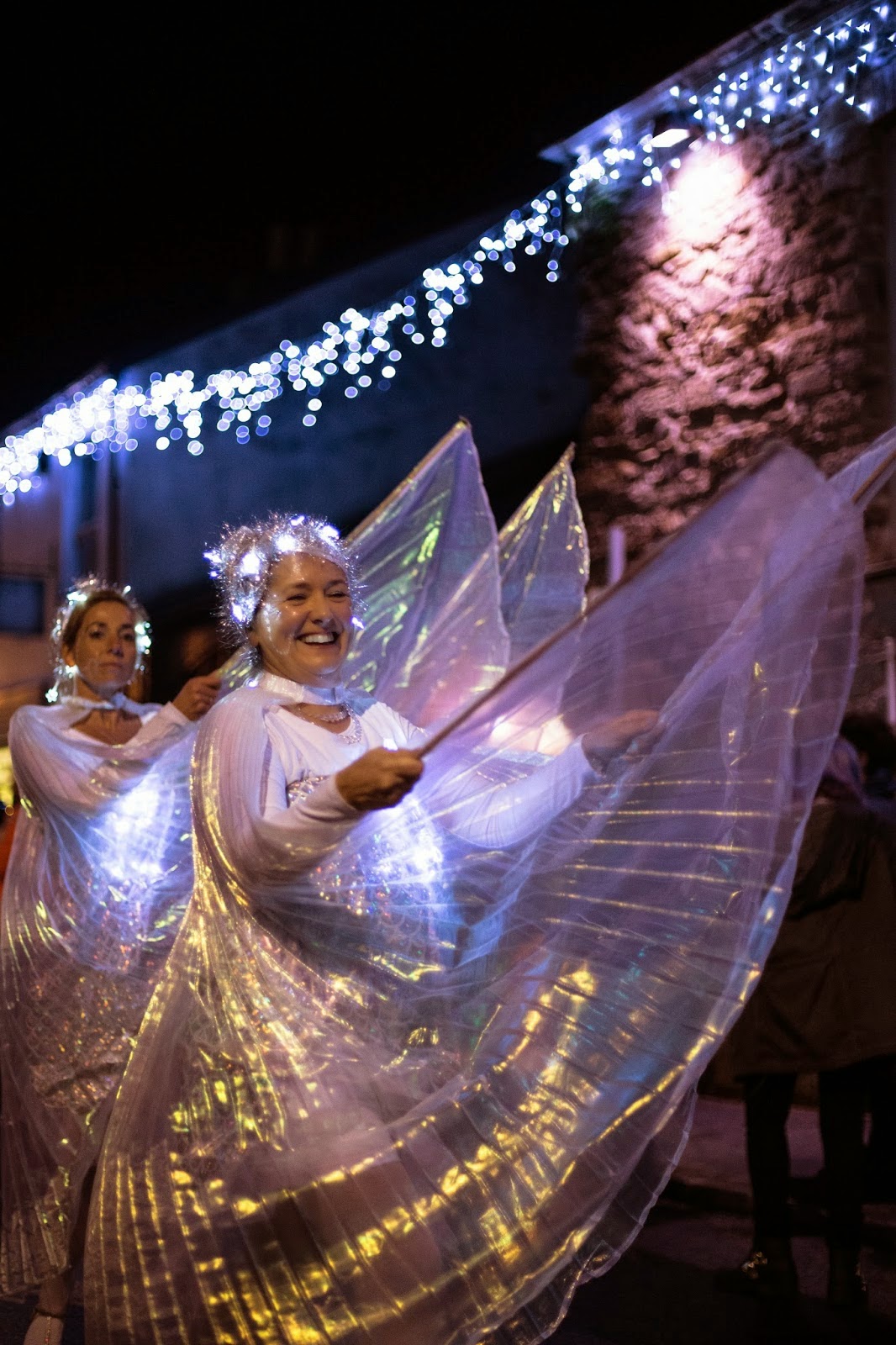 This image, shot by Jean-Claude Coutausse, shows a container ship unloading in the Delwaide Dock on the Scheldt river, Belgium; July 2010. I chose this image because I feel that it really shows the huge size of the container ship. As an establishing image, I feel that it is important to give the viewer an idea of the size of the boat due to it being so abnormally large; it is likely to play an important part in the story. This image has been carefully framed to show the size by using half the frame to show the docks and half to show the boat. This enables easy comparison between objects that the viewer can easily recognise to the rough size of the boat.
This image, shot by Jean-Claude Coutausse, shows a container ship unloading in the Delwaide Dock on the Scheldt river, Belgium; July 2010. I chose this image because I feel that it really shows the huge size of the container ship. As an establishing image, I feel that it is important to give the viewer an idea of the size of the boat due to it being so abnormally large; it is likely to play an important part in the story. This image has been carefully framed to show the size by using half the frame to show the docks and half to show the boat. This enables easy comparison between objects that the viewer can easily recognise to the rough size of the boat.The difference between this image and mine is that mine is shot at night and this during the day. I chose to shoot mine at night because I knew the lighting over the docks at night was very aesthetic and that I could shoot it from above. This may not have been an option for Coutausse meaning he chose to shoot during the daylight. Also, there are aspects of his photograph that would not show up at night due to low light and long exposure such as the men in the foreground which show scale.
This image is taken by John H. Avery and is of a ship in King George V dock. The ship is possibly the Euripides and the dry dock is about to be flooded to allow the ship to leave after repairs.
I love the angle this image was shot at. It shows the sheer size of the ship and the precise engineering gone into making it. The dry dock helps to show more of the boat which makes the image more interesting because most of the time a boat is mostly underwater.
This image is very similar to one of mine which I have shown below. It is shot directly in front of the boat showing perfect symmetry. This is not only aesthetic but also gives us a better understanding into what the boat looks like.
A difference between this photograph and mine is that it is shot in black and white. At this time, this was the only option. I chose not to do this because I shot during the night and felt that the lighting added to the look of the photo especially seeing as the boat was bright red. It also helped it to stand out from the less important background.
This photograph was taken on 02/03/1912 of the Titanic in a dry dock having propellors fitted and a final coat of paint applied. I could not find the photographer that took this image but decided to keep it in my research because it was a photo of such an iconic ship to symbolise industrial coast.
Although there is quite clearly a fair amount of marks and damage to the negative of this shot, I still think it offers a lot. It is not the most technically brilliant image but bearing in mind it was taken almost 100 years ago and still provides us with information about this iconic ship is what I think makes it for me.

The image is clear and sharp and since it is shot from above and in a dry dock we can see so much of the ship. This is important for press photography in this sense because it is important to give the viewer as much relevant information as you possibly can through an image and caption.
This is a photograph of HMS Illustrious alongside the new carrier at the dockyark in Rosyth taken by Tam McDonald.
I chose this image because the ship at first blends in with the surroundings. This is often seen as a technical fault in photos since the main subject is not particularly standing out from the rest of the image. In this case I think it really works because it shows the sheer scale of the docks that the boat is in. The size of the docks is clearly an important part of the image that McDonald wanted to show.
This image is very similar to one of mine that I used in my final three shown here. I used the artificial light since I shot at night to help make the ship stand out from the surrounding docks because like McDonald I did not frame the image around the subject tightly to show some of the surrounding area.








































